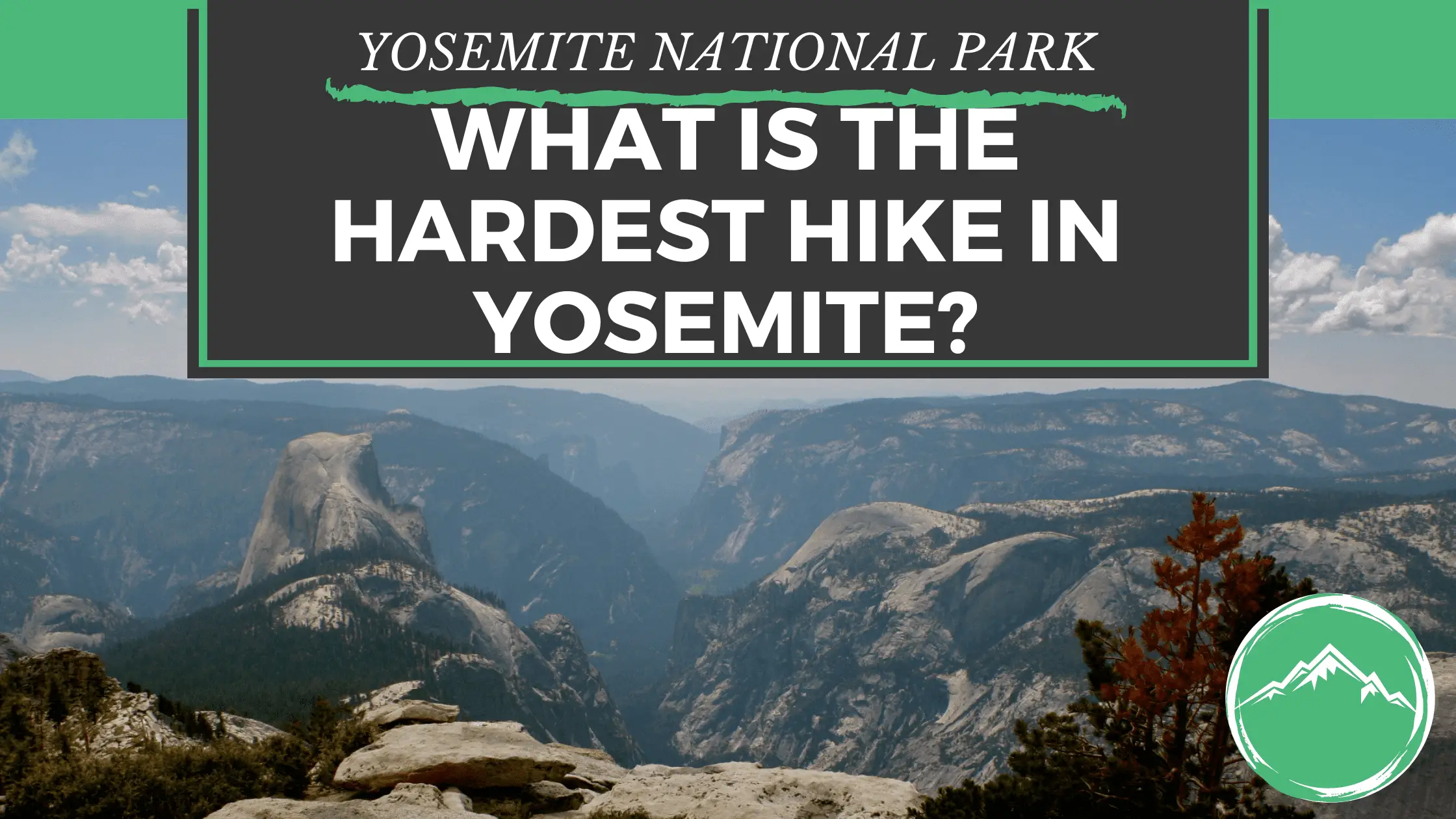What is the hardest hike in Yosemite National Park?
So what is the most difficult hike in Yosemite Valley? For various reasons, Clouds Rest takes the top spot. Elevation changes, enormous, sheer granite cliffs, and fast-changing weather conditions characterize this hiking spot in Yosemite Valley. The most difficult hikes in Yosemite are often more difficult than those in other parks. As a result, hikes in this area need physical fitness, commitment, and mental fortitude.
Nevertheless, the effort is worthwhile. The crest is unlike anything else in the valley, and Clouds Rest offers some of Yosemite’s greatest sights. Hence, the end of the route will make you feel rewarded.
However, before gearing up to give your hike a challenge, here is more information you’ll need for a better experience.
Is Clouds Rest harder than Half Dome?
Both of these walks are widely sought after by adventurers from all over the state since they are two of Yosemite’s greatest. However, a thorough understanding is required to prepare for any hike and enjoy it to the utmost. As a result, here’s some background to better answer this question.
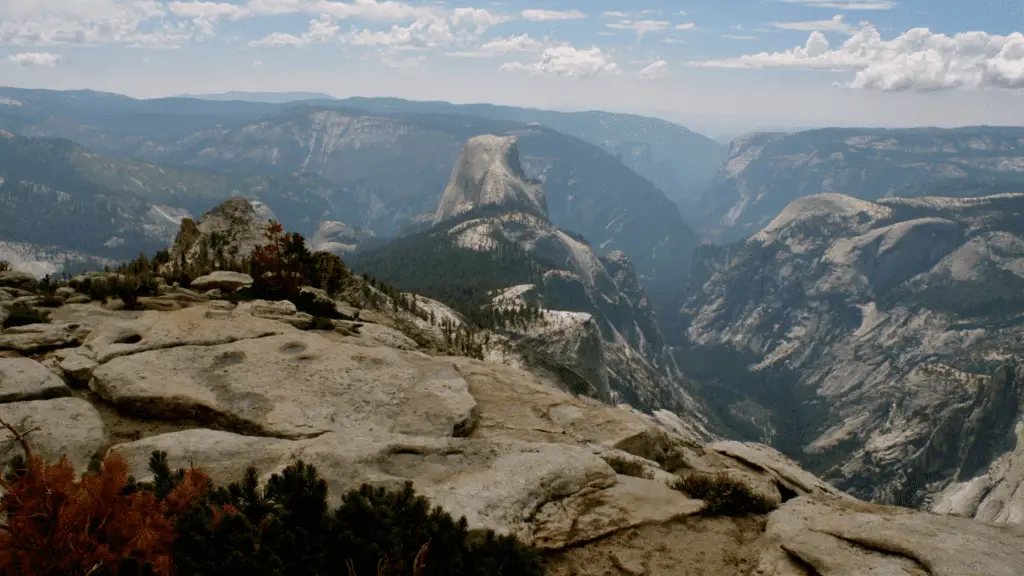
Clouds Rest
The scenery of Clouds Rest will keep you interested during the trek, but the final reward will come once you reach the peak. You could see the whole wildness of Yosemite National Park, as well as several of its notable monuments. Moreover, you can also see Nebraska in the east and Hawaii in the west, thanks to the 360-degree panoramic.
The hike is considered quite exhausting and can soon leave you physically drained. It is advised that you should not attempt this hike if you are not accustomed to walking for long periods. Because the height is very high, this trek will necessitate some physical ability.
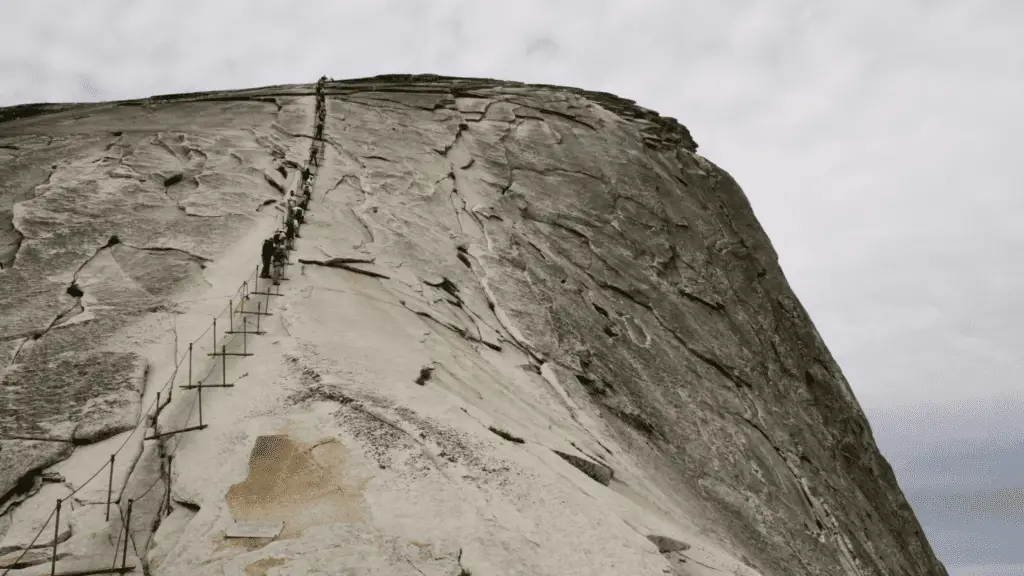
Half Dome
The scenery is breathtaking during the ride. You’ll see a lot of old-growth trees, flowers, and waterfalls right away. Hence, you’ll be able to view the river going through the waterfalls and will be surrounded by splendor the entire way up. Furthermore, from the damp steps to the cable climbing, you’ll be surrounded by natural splendor. It makes the whole exhausting ordeal worthwhile.
In addition, it is, without a doubt, one of Yosemite’s most difficult walks, and you must be physically prepared to do it. To complete the path, you’ll need climbing experience and sufficient strength. The trek itself is rather long, so if you get out of breath easily, this is not the trip for you.
Despite having a challenging trail, these two provide breathtaking views of Yosemite National Park. Clouds Rest is a good alternative if you want a less crowded trek; although, Half Dome is a great choice if you want to climb one of Yosemite’s most famous peaks.
Do you need a permit for Clouds Rest Yosemite?
Day hikes in Yosemite National Park do not require permits. However, all overnight backpacking requires it. You’ll need a Sunrise Lakes permit for Clouds Rest, and it is highly recommended to schedule this one because it’s a popular route. The National Park Service allows you to reserve your permit in advance online (NPS).
Furthermore, you may also use this page to determine which trailheads still offer permits. Yosemite reserves roughly 40% of trail permits for first-come, first-served hikers, which implies you must arrive at the permit-issuing facility earlier the day of your trip.
What time should I start hiking Clouds Rest?
If you’re planning to take on an overnight trip, it would be a great choice to start your journey before 9 AM. This is because you need to have a permit for this trip. On the other hand, if you’re not planning to spend the night in the mountains, you could start as early as 6 AM.
However, mornings between 6:00 and 9:00 AM and afternoons between 3:00 and 7:00 PM are the finest times for trekking. According to scientific research, your body is at its peak functioning and abundant vitality throughout these hours.
Moreover, to further understand the conditions in hiking in the morning, noon, afternoon, or evening, here is a more elaborate explanation.
Early in the Morning (6 AM to 10 AM)
The morning is often one of the best times to start your hike, and here are some of the reasons why.
- It’s the start of the day, so the daily routine hasn’t yet set in. As a result, your mind is the most liberated for this exercise, and your body is the most energetic.
- The energy you gain from a morning trek lasts the remainder of the day.
- You don’t sweat nearly as much when the temperatures are at their lowest.
- An early hike serves as your morning workout. According to studies, morning activities are the most effective at burning calories and boosting your heart and lungs.
- It’s most likely a working person’s only truly free period of the day.
Noon (10 AM to 3 PM)
Here are some of the conditions that you and your body will face when you choose to hike at this hour.
- A midday stroll or hike might help you re-energize for the rest of the day.
- If you’re a working individual, this may be your lunch break.
- If you’re only taking a lunch break, you can be limited by time. There isn’t enough time for a climb; perhaps a stroll around the neighborhood would suffice.
- If you’re a working individual, this may be your lunch break.
- According to studies, your lungs are not at their best during these hours.
Afternoon (3 PM to 7 PM)
You might plan to start your hike in the afternoon. But before that, here is some information about your body when you get active in the afternoon.
- This is the time of the day when your muscles are at their most supple.
- You can burn off the calories, particularly if you eat a large lunch.
- This is an excellent time to relieve work-related tension before unwinding in the evening.
- Scientific research shows that your body is at its peak performance in the afternoon.
- Your lungs are also performing at their peak.
Evening
Hiking in the evening can be one of your choices to start your hike in Cloud Rest. However, you may want to hold on to that thought, and here’s why.
- This entails incorporating more into your nightly routine.
- In general, evening exercise may be beneficial, and many individuals enjoy this time of day.
- Many individuals may be fatigued by this time. Therefore, hiking may become a duty rather than an enjoyable activity.
- On the other hand, hiking in the dark is a pretty restricted experience. Your surroundings aren’t well lighted. As a result, you’ll have difficulty taking in the scenery and noticing obstructions and possibly harmful animals.
- You may need a couple of hours to relax afterward or find it difficult to fall asleep.
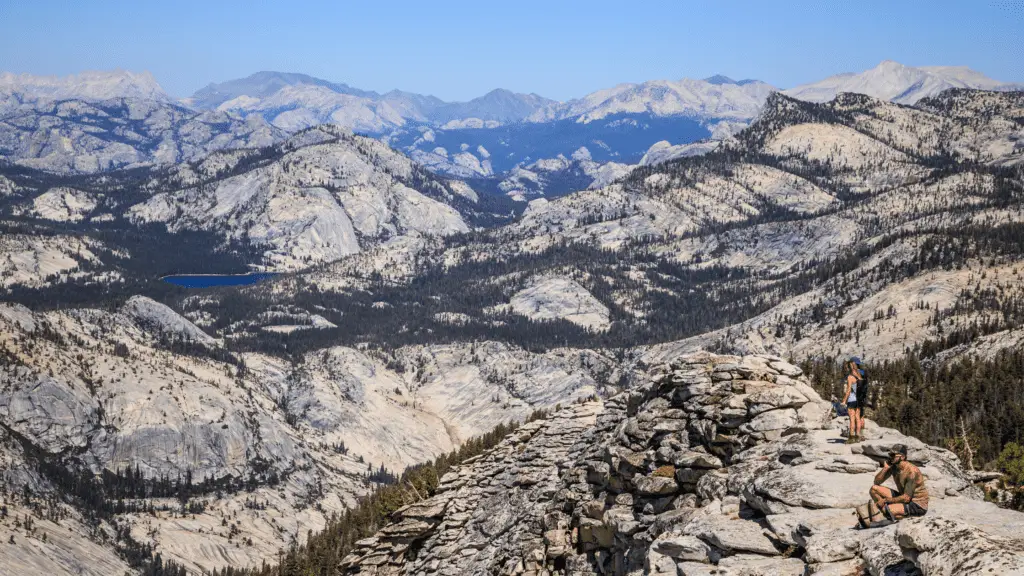
How long does it take to hike Clouds Rest?
Clouds Rest is a spectacular mountain that can be viewed from all across the park, including Tunnel View and Olmsted Point, with an elevation over 1000 feet higher than Half Dome and gigantic bare sides that slope thousands of feet down into Tenaya Canyon.
While it is possible to trek from Yosemite Valley to Clouds Rest’s summit, the 16-mile round route with 6000′ of elevation gain is too difficult for anyone but the most experienced hikers.
With that in mind, the climb to Cloud Rest’s top and back should take between 6-10 hours, depending on your speed and the amount of time you need for breaks. If your physique permits it, you can even finish the hike in around 5 hours.
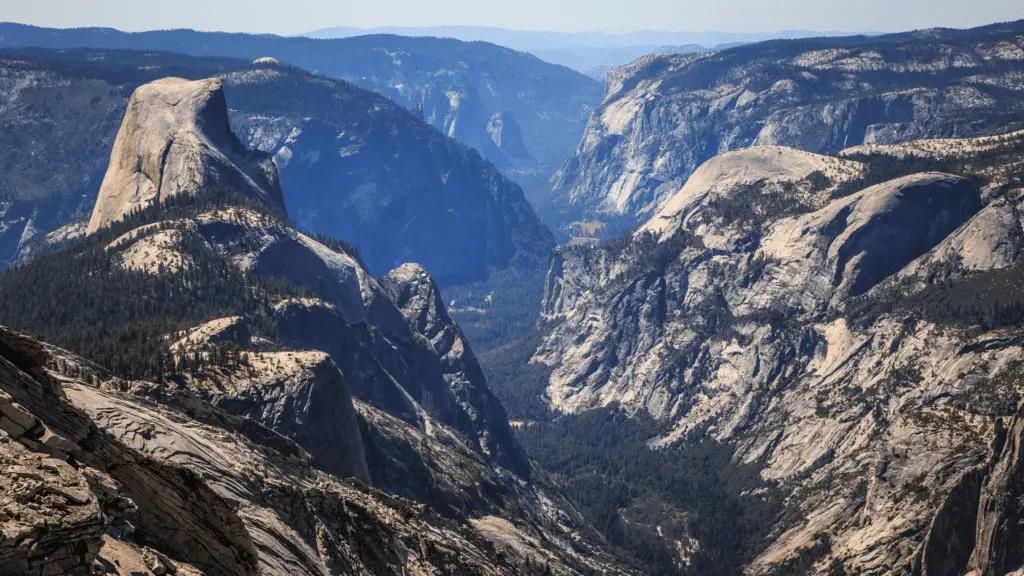
What month is best to hike Clouds Rest?
Along Tioga Road, you’ll find the Cloud’s Rest path. As a result, Tioga Road must be open for you to visit Cloud’s Rest. Therefore, you may only visit around June and October. Nevertheless, if there isn’t any rain or thunderstorms in the vicinity, It is strongly recommended to go trekking. Additionally, if the mountain’s peak is covered with snow, you must avoid going there.
However, it is highly recommended to trek Clouds Rest in September for the finest weather and circumstances. Hence, it will provide you with a snow-free route while avoiding the significantly higher temperatures that might occur throughout the summer.
There will be a lot of floating clouds in the region, as the name implies. Although it is best to visit the region with no clouds in the vicinity since clouds may easily obscure the view, this climb is well worth the effort.
What can you see from the top of Clouds Rest?
Clouds Rest is a wonderful day trek in Yosemite National Park that will take you to one of the greatest sights in the area. It is one of the greatest in the park while being one of the most demanding routes.
As an illustration, once you reach the summit of Clouds Rest Mountain, you will be rewarded with a breathtaking panorama of Yosemite Valley. However, the vista with Clouds Rest in front and Half Dome in the background is highly recommended by experts. Moreover, Tenaya Canyon, Mt. Clark, Sentinel Dome, and North Dome can also be seen at the top of Cloud Rest.
Final Thoughts
There’s a lot to do at Yosemite National Park, but some activities stick out above the top. Clouds Rest wins the award for capturing all of the breathtaking scenery while also providing hands-on activity.
You’re going to have a fun trip there if you’re ready for the physical effort and can plan your trip well. To sum up your trip, take photos to show off that incredible 360-degree view and remember that unforgettable experience and scenic beauty.

